
I have two confessions to make right off the bat: I had never heard of Doorposts prior to this review, and I grew up not really knowing what a Bible study was. Of course I read the Bible. I certainly delved deeply into the Bible when I got to college. I have a minor in Theology! Now of course, I have found that there is a very wide variety of Bible studies out there - some I wouldn't hesitate to have my daughter do, and some I would definitely shy away from as being way too, well, Protestant. Before I go any further, let me say that Beauty in the Heart does not fall into this category!
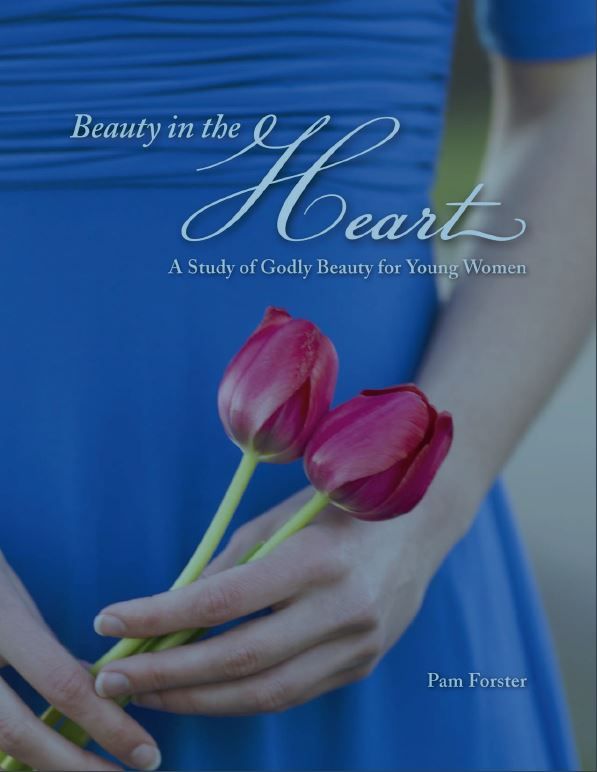
So what would make a Bible study too Protestant for me? One that would encourage Therese to read the Bible and then figure out for herself what it is telling her. One that would have her read a passage and interpret it for herself apart from any authority or tradition. Beauty in the Heart does not do that at all, though. Instead, through a series of nine separate studies, it teaches the user (Therese) primarily to observe themes in Scripture, summarize the content of passages, recognize the importance of repeated words, and study the original Greek and Hebrew words and their meanings (something I became a huge fan of in college when I really became aware of the importance of doing so). Of course, all of these tools are employed in the course of learning what the Bible has to say about understanding what it is to be beautiful in the eyes of God.
These Bible studies are able to be done by girls 10-12 and older completely independently, which I love. When we received ours in the mail, I literally flipped through it (but I'd already looked at the samples online and loved what I'd seen) and handed it to Therese (12). She came to me the next day to tell me she needed our Bible Maps book, but apart from that I didn't hear from her on the subject of Beauty in the Heart until she had completed the first study (six school days later). She told me that the study had taken her about 20 minutes each day (she keeps a log of how long she spends on each subject), and she *really* enjoyed doing it. As I read over her answers, I was very pleased with them! We were both very happy with the information provided about an electronic version of the Bible that could be highlighted in different colors, since neither one of us can bring ourselves to write in a Bible!
Therese started the next study right away, and as it focuses specifically on only two verses (1 Peter 3:3-4), she already has these verses memorized (which, I'll confess, I love). Like the first study, Study 2 has some amazing program and app suggestions embedded in it. I thought I was the guru when it came to knowing all of the great apps out there, but I have learned about several from this Bible study, which is a huge bonus for me!
Unfortunately, one of the websites offered in the second study has very anti-Catholic rhetoric on it - information that is not only hurtful, but flat-out untrue. I mention this fact only because, although we have not yet finished this entire book of Bible studies, we have encountered nothing yet that makes them Catholic-unfriendly. It is a shame, then, that a source recommended might make Catholics shy away.
Therese is now working through Study 3 - "Beauty Trusting God - A Character Study of Sarah." Because we have spent so much time studying the book of Genesis, most recently over the summer, she is moving very quickly. I'm doing this one with her, just because the issue of Hagar is one that I think requires a little discussion.
The Nitty Gritty
Beauty in the Heart - A Study of Godly Beauty for Young Women by Pam Forster, 128 pages (86 days of study, plus 49 more suggested studies - more than a year of Bible study)Ages 12+
$14.00 or $10.00 ebook
Beauty in the Heart Sample Pages
My Catholic Take
Hmmm. This is hard. Essentially, I do recommend Beauty in the Heart. Especially for the ebook, it's a great price. I guess perhaps I don't look at Bible studies like these as perhaps they were intended? I'm not sure how they are supposed to be taken. When it comes to interpreting the Bible, making connections between the Old Testament and the New, deciding what it means in my life so that I can pass it on to my children, etc., I consider myself tremendously blessed to have 2,000 years of the teaching authority of the Catholic Church, the Magesterium, to guide me. I look to great Catholic Biblical scholars like Jimmy Akin (who started out life as a Protestant and went to Bible college!) to clarify Scripture. So I would never approach a Bible study (or let my children approach one) with the idea that I was going to learn what the Bible had to *tell* me. Having said that, I have recently been exposed to some great Bible studies that have shown me what is *in* the Bible in a way I have not seen before. Maybe it's because when I read the Bible or hear it at Mass, I am not fully present enough. Maybe it is because the writers of Bible studies are gifted in ways that let them draw your attention to things in a way that really make you aware.
For that reason, I am really enjoying some Bible studies, and in that way, I really like Beauty in the Heart. A whole bunch of other Crew members also reviewed Beauty in the Heart and its brother product, "Because You are Strong," so be sure to click the banner below to see what they thought!



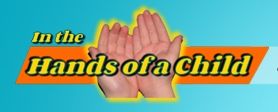



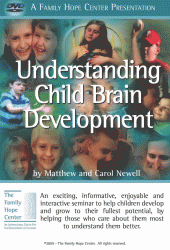




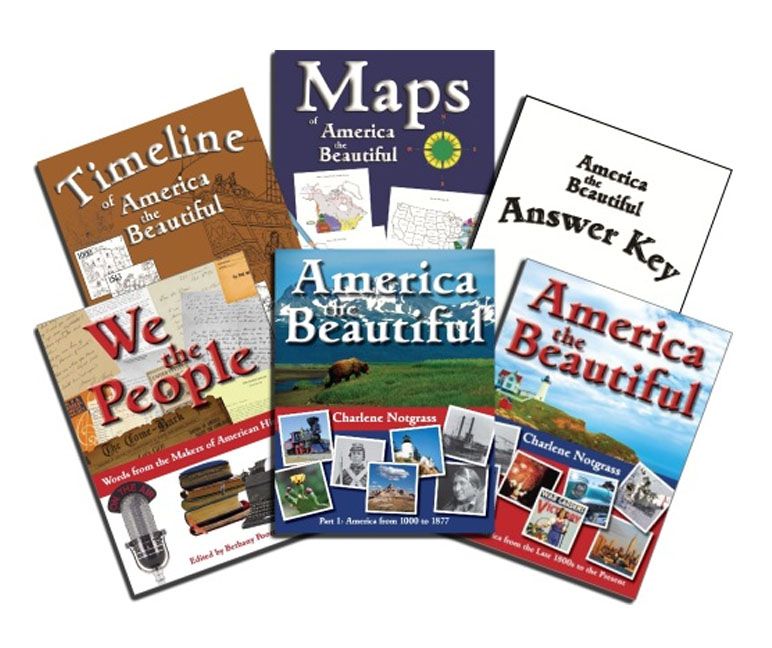


.jpg)

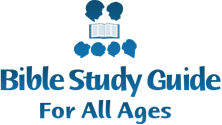

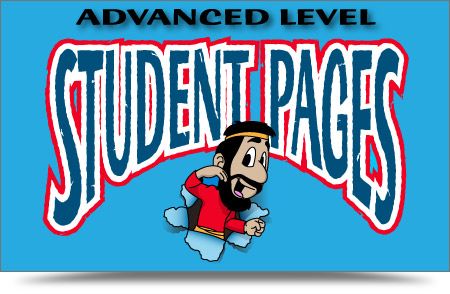
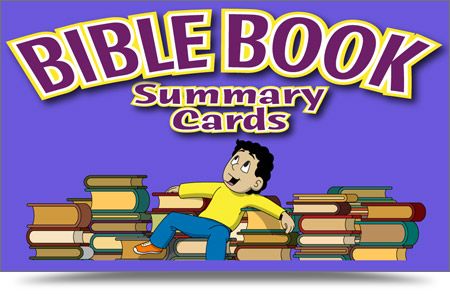




.jpg)



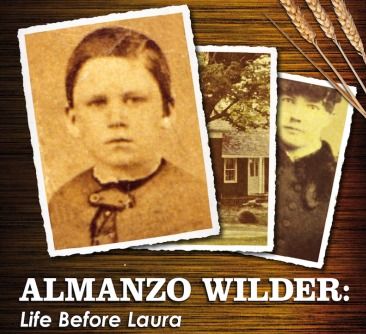
.jpg)

